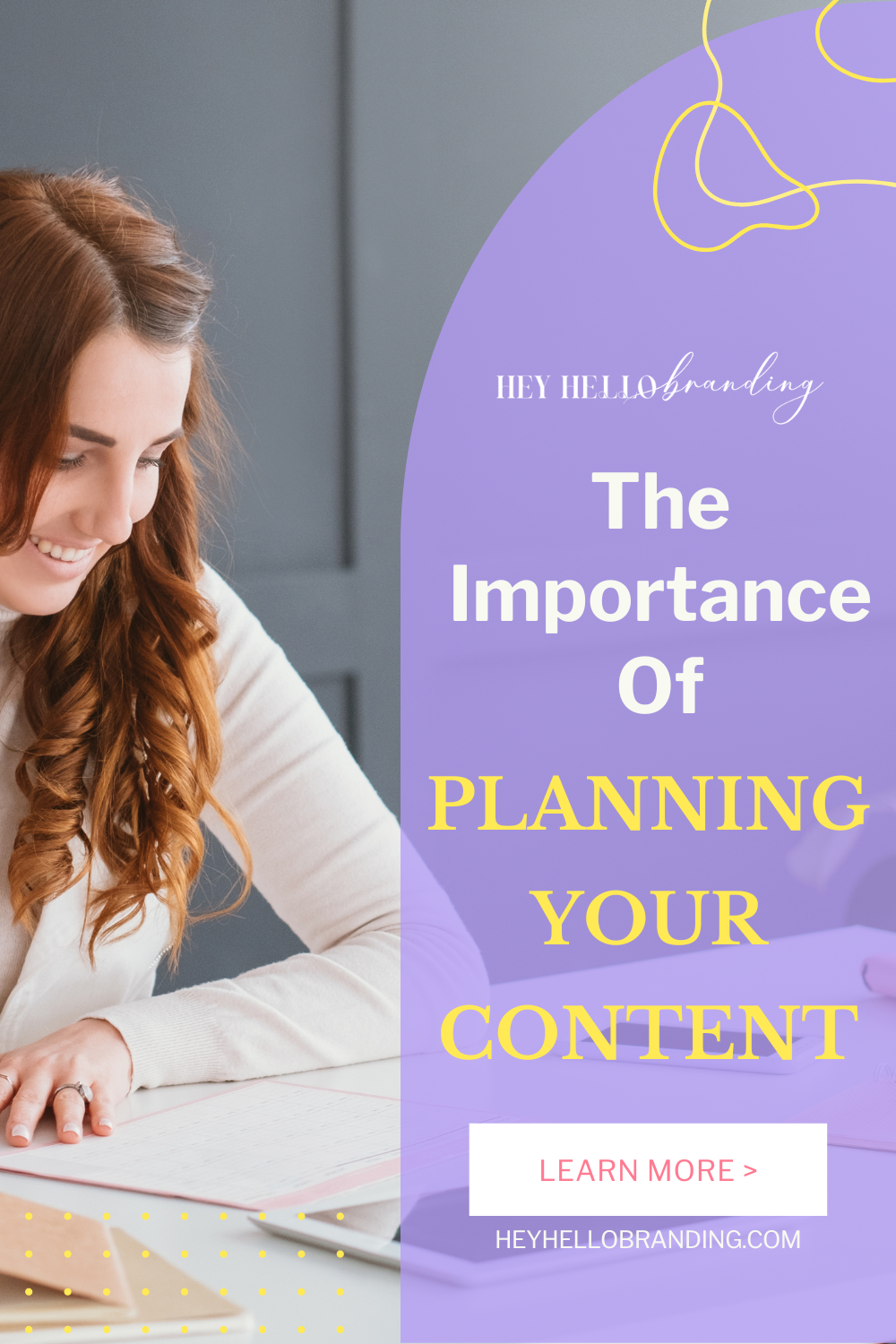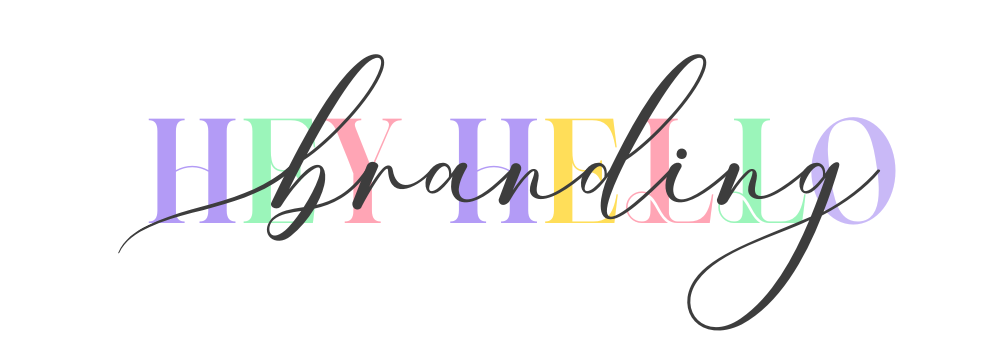There is an old saying “Content Is King,” and it’s still very true today, when you have an online business.
Content comes in many forms, including blog posts, social media posts, videos, and more.
You content is how people find you. Whether they are searching for something in Google, and find a link to your blog, or they are looking on YouTube and find your video, or they see a link to your content on social media.
Taking the time to plan your content will help you in many ways. You’ll know what content you'll be writing, and this will help you get more done. If you are the type who flies by the seat of your pants, you probably aren’t publishing content as much as you’d like. It’s hard to sit down and try to create content on a moment’s notice.
When you have a plan, you’ll be able to sit down, work on several pieces of content ahead of time, and make sure it gets posted when you want it to. It also allows you to outsource some of the content, if you choose.
When you start publishing content consistently, you’ll see that it helps your business grow.
Start by asking yourself the following questions when you're planning you content:
Who Are You Creating Content For?
It’s very important to know who you are creating your content for. You are creating content for your ideal customer. You are creating this content to attract them to your site, and hopefully, they will enjoy your content so much, they decide to sign up for your mailing list. This will allow you to continue to connect with them and deepen the relationship.
Work through the following exercise to get to know your ideal customer.
- Is your ideal customer male or female?
- What is their age range?
- Do they live in the city, a small town, or a rural area?
- Do they have kids?
- What are their goals?
- What is something that is causing them stress?
- What do you want to help them with?
What Type Of Content Should You Create
As I mentioned earlier, content comes in many forms. Some popular forms include:
- Written content, such as blog posts.
- Audio content, such as podcasts.
- Video content, such as YouTube videos.
You could create a combination of all of these types of content, or you can specialize in one type.
Even if you decide to create audio or video content, instead of written content, you should always post that content on your blog. For example, if you are a podcaster, you can create a blog post with your show notes, and install a podcast player plugin on your blog, so that you can display the audio recording within the blog post of your show notes.
If you decide to create video content, you can upload your video to YouTube, and then create a blog post, and embed that video into your blog post.
By posting your content on a blog, you will benefit from SEO. Plus, you will always have a place to send people to sign up for your opt-in gifts (freebies), which will help you grow your mailing list.
Growing your mailing list is one of the best things you can do for your business. When people read your post, listen to a podcast episode, or watch a video, they may enjoy your content. But people are busy, and they may forget the name of our website.
When that person joins your list, you can stay in contact with them, and let them know when you have new content available.
How Often Will You Create Your Content?
Creating content on a consistent basis is very important. First of all, the more content you have, the more chances you have of someone finding your site, and signing up for your mailing list. Plus, when you create content regularly, it will help you build a relationship with your readers. People need to know, like, and trust you before they will buy from you. Try to create 1 – 3 times per week.
What Will Your Main Topics Be?
What will the main topics of your content be? Ideally, your content will lead people into being your customer, so your content will need to be on the same type of subjects as your paid products and services.
Keep An Idea List
The best way to avoid “writer’s block,” is to have a list of content ideas waiting for you. When you are ready to create new content, you have a list of ideas ready.
Don’t Forget SEO
Search Engine Optimization, also known as SEO, is a very important part of your content strategy.
This helps search engines find you, and helps you get higher rankings within the search engine listings.
As you an imagine, getting on the first page of Google results will definitely help you get more traffic to your site!
Categories
Categories help you organize your content within your blog, they help your readers find the content they are looking for, and they also tell the search engines what the main theme of your content is. Your categories are like your main topics.
Tags
Tags help you organize your content even more than categories. Just like with categories, they will help your readers find the content they are most interested in, and help the search engines find your content.
You can have a lot more tags than categories.
How Categories and Tags Work Together
Let's use food blogging as an example to see how categories and tags work together. A food blog might have main groups like breakfast, lunch, dinner, snacks, and dessert. Then, they can add tags like slow cooker recipes, healthy recipes, quick and easy recipes, or freezer meals. Plus, you can add tags about specific ingredients so readers can quickly find what they're looking for, like all the chicken-based slow cooker dinners. This way, people can quickly find exactly what they need!
Keywords
Keywords are the words or the phrase that people use when they perform a search in Google, or one of the other search engines, to find the content they are looking for.
You can decide on the categories and tags that you will use, but you should look up the keywords that people are searching for, rather than just deciding those yourself.
Headlines & Calls To Action
Your Headlines and Calls To Action are also very important. Your headlines are the titles to your content, and your calls to action are what you want the reader to do when reading your content, such as joining your Facebook Group or signing up for your mailing list.
If your headlines don’t make people stop and take notice, no one will be reading your content.
One way to make your headlines pop is to add numbers.
They grab people's attention. For example, instead of Email Marketing Mistakes or Easy Weeknight Dinners, try using headlines such as: 7 Email Marketing Mistakes or 10 Easy Weeknight Dinners.
You can also use some adjectives to make your headline stand out a little bit more. Here’s a before & after example: A Guide To Making Smoothies. Add in an adjective, and you get this headline instead
A Simple Guide To Making Smoothies. The fact that it is a simple guide will make more people stop and take notice.
Next, add in an action word and it becomes. A Simple Guide To Making Quick and Easy Smoothies.
You can use these same strategies with your calls to action. If you were mentioning a free opt-in at the end of the blog post, instead of: Click Here For A Class On Creating Graphics With Canva
Make it pop by using adjectives, action words, and numbers Free Class! Click Here To Learn How To Create Awesome Graphics In 10 Minutes Or Less.
Write Out A Monthly Content Plan
Now, it’s time to put it all together and create your monthly content plan. Don’t forget to include a call to action in each post. It may be asking them to sign up for a freebie, join your Facebook Group, follow you on social media, or something else that you choose.





